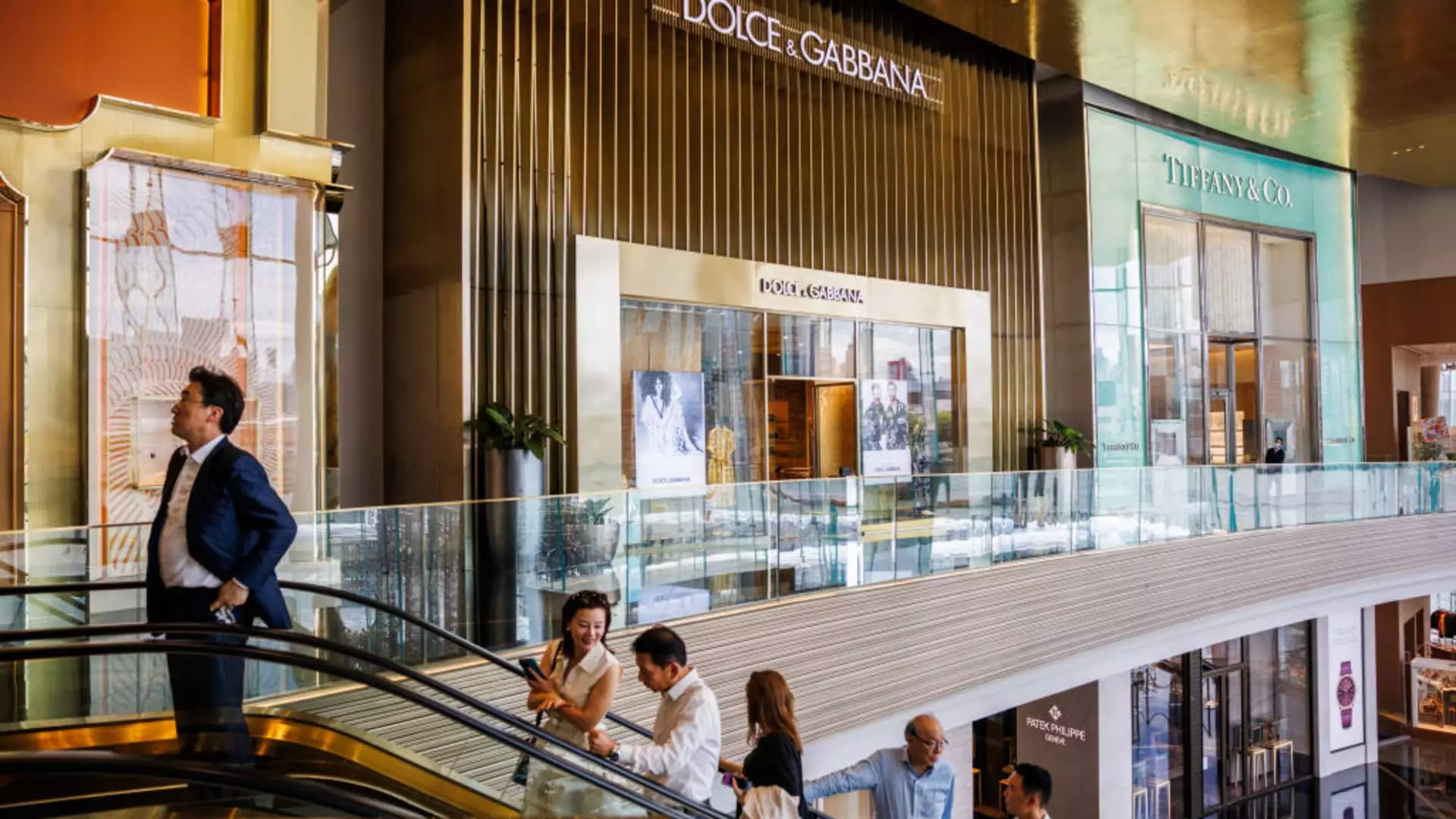The luxury goods industry, once a symbol of resilience through financial upheavals, is now facing unprecedented challenges. According to the latest report from Bain & Company, the sector is expected to experience its first significant slowdown since the Global Financial Crisis. This downturn, which has emerged amid macroeconomic uncertainties and a marked deceleration in the Chinese market, is projected to shrink the personal luxury goods sector by approximately 2% in 2024. This is an alarming development, particularly as the market has enjoyed a 15-year period of consistent growth, excluding the extraordinary interruptions caused by the COVID-19 pandemic.
The report paints a picture of a landscape where luxury is becoming less appealing to consumers, who are now more cautious with their spending. This shift is largely attributed to escalating costs and diminishing customer loyalty, which have compelled shoppers to re-evaluate their purchases. Expenditures on personal luxury goods—which include high-end clothing, accessories, jewelry, and cosmetics—are forecast to plateau at around 1.5 trillion euros (approximately $1.59 trillion) in 2024. Even if other sectors such as luxury automobiles, travel, and fine wines witness modest growth, the overall stagnation in luxury spending signifies a pivotal change.
One of the most striking revelations from Bain’s report is the pronounced contraction of the luxury market in China, a critical component of global luxury spending. The Chinese economy’s recovery from the aftershocks of COVID-19 has been lackluster, leading to a significant drop in domestic consumer confidence and spending. Notably, even historically resilient brands like Cartier’s owner Richemont have reported a decline in sales, highlighting the far-reaching implications of this downturn.
Almost all major luxury labels—including LVMH, Burberry, and Kering (the parent company of Gucci)—have reported disappointing revenue figures this year. The report emphasizes that China’s sluggish recovery exacerbates existing global economic challenges, which have already strained luxury budgets. This situation raises concerns about potential sustained weaknesses in the luxury sector, particularly as we look toward 2025. Nonetheless, Bain maintains a cautiously optimistic outlook, predicting a potential recovery in the latter half of the coming year.
Amidst the tumult, there are positive indicators emerging from various markets. Luxury demand in Europe and the United States is gradually improving, propelled by shifting consumer behaviors and preferences. Interestingly, the Japanese market is standing out, largely benefiting from favorable currency fluctuations that enhance its appeal to consumers. This regional analysis indicates that while China struggles, other markets may provide opportunities for brands looking to reestablish their footing.
The report identifies luxury travel as an area of burgeoning growth, with consumers increasingly favoring experiences over material possessions. This trend reflects a broader cultural shift towards valuing moments and memories, as opposed to physical goods. Additionally, smaller luxury items—such as beauty products and eyewear—have seen a rise in demand as consumers seek “small indulgences” during this period of economic caution.
Adapting to a Changing Landscape
As the luxury sector grapples with this evolving consumer landscape, the emphasis on innovation and engagement becomes paramount. A substantial number of consumers—approximately 50 million—have either withdrawn from or been pushed out of the luxury market in the past two years, signaling a pressing need for brands to recalibrate their value propositions.
Claudia D’Arpizio of Bain highlights that attracting the younger Gen-Z cohort, born between 1997 and 2012, will require a fresh approach. Brands must innovate both their offerings and their communication strategies, embracing creativity and ensuring meaningful connections with their customers. A dual focus on retaining high-value customers while simultaneously attracting new demographics is essential to sustaining growth.
The luxury goods market stands at a crossroads. While challenges abound—particularly from the Chinese market—they also unveil new opportunities for brands willing to adapt and evolve. Striking the right balance between creativity, consumer engagement, and the essence of luxury will determine which brands emerge resilient in these changing times.

